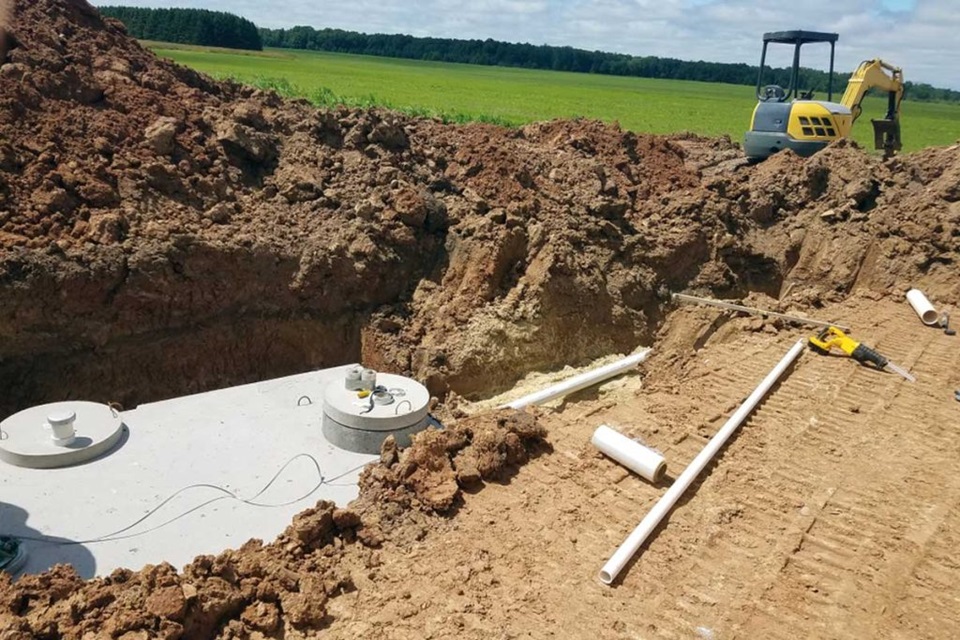Selecting the correct septic tank system is very important. This need is particularly true for people living in rural areas where sewer water treatment centres may not exist. These structures treat and eliminate household wastewater onsite. Additionally, they ensure your home stays friendly to the environment. However, there are numerous options. This variety typically makes figuring out which one will be the most ideal confusing.
This guide aims to help you decide on the best septic tank systems for your home.
Understand Your Needs
Start by evaluating how much water your house uses. This process includes counting inhabitants and their usual water use. The option you select must be able to manage the effluent your household generates comfortably without becoming overloaded.
Remember to consider what could happen in the future. For example, you may build an extension or have more people live in your home.
Know the Types of Systems
- Traditional Septic Systems
These systems comprise the standard septic tank and drainage area. They are common and are typically less expensive to install. They rely on soil to treat and disperse wastewater. Having your soil tested is vital; the percolation rate will determine if a traditional system is feasible and what type might be most appropriate.
- Aerated Wastewater Treatment Systems
AWTS treat wastewater to a higher standard using a series of chambers for aeration and settlement. The treated water is safe for garden irrigation. Although more expensive, AWTS are suitable for properties where conventional drain fields are impractical.
- Sand Filtration Systems
These systems are ideal for sites with inadequate soil. They use a sand filter to clean the sewage before it goes underground. This choice is suitable for places with little space or bad soil conditions.
- Composting Toilets
Composting toilets are a good green option. They use very little water to handle human waste and turn it onsite into compost. These are great for distant places or homeowners concerned about the environment. However, they often combine with another system for greywater.
Consider Your Soil and Land
The type of soil has a direct effect on the effectiveness of your septic system. Sandy soil permits superior filtration, whereas clay-rich soil might obstruct effluent absorption.
Space is another factor. Traditional systems require significant land for both the tank and the drain field. While often more compact, alternative systems may still have specific land requirements for installation and operation.
Local Regulations and Approvals
Each state and territory in Australia has its rules for installing septic systems. Understanding these rules and getting the approvals needed before moving forward is very important. This process could need detailed plans of the site and specifics about the system you choose.
Maintenance and Upfront Costs
Think about the cost to install and how much you will need to spend over a longer time for maintenance. Traditional systems generally have fewer starting expenses but might need more regular upkeep. Other options can be more expensive at first. However, their effectiveness and high-tech treatment methods could lower your recurrent spending.
Choose the Right Installer
Picking an installer who is trained and has good experience matters just as much as selecting the correct system. You need to find experts with a great history of putting up your specific type of system. They must provide complete installation services, including assessing the site, designing the system, and planning maintenance after installing everything.
Conclusion
You need thorough consideration to select a suitable septic tank system for your home. Knowing the various systems and getting advice from skilled experts, you can confirm a lasting and effective wastewater treatment solution for your house.







